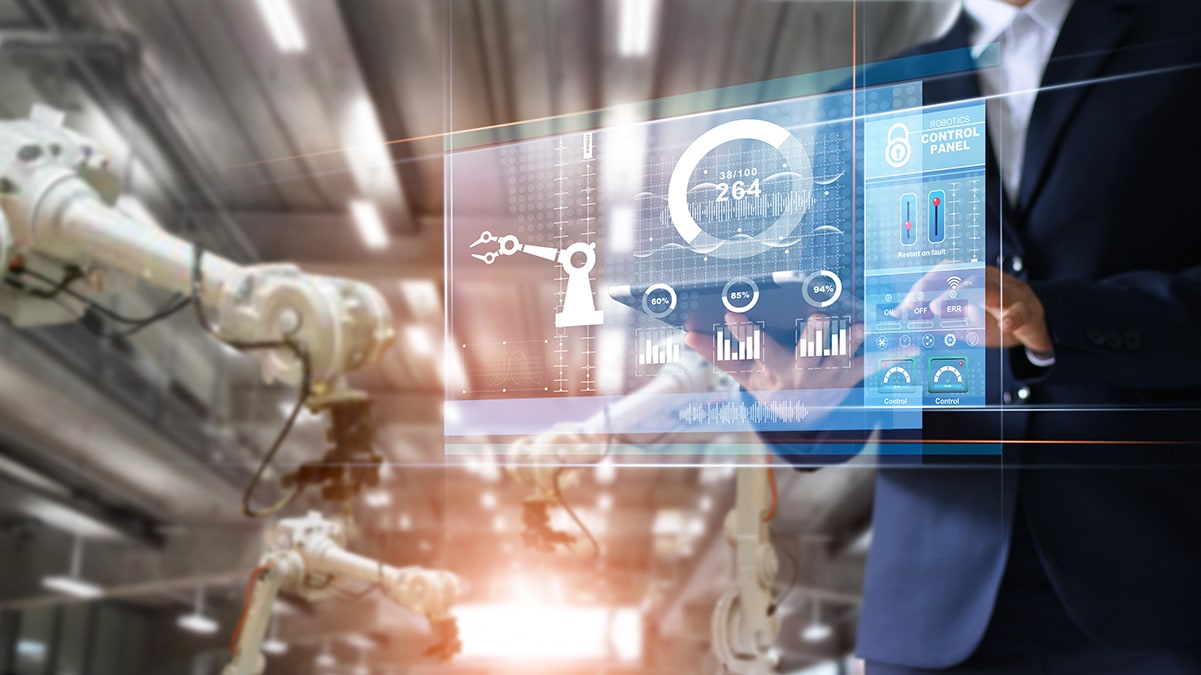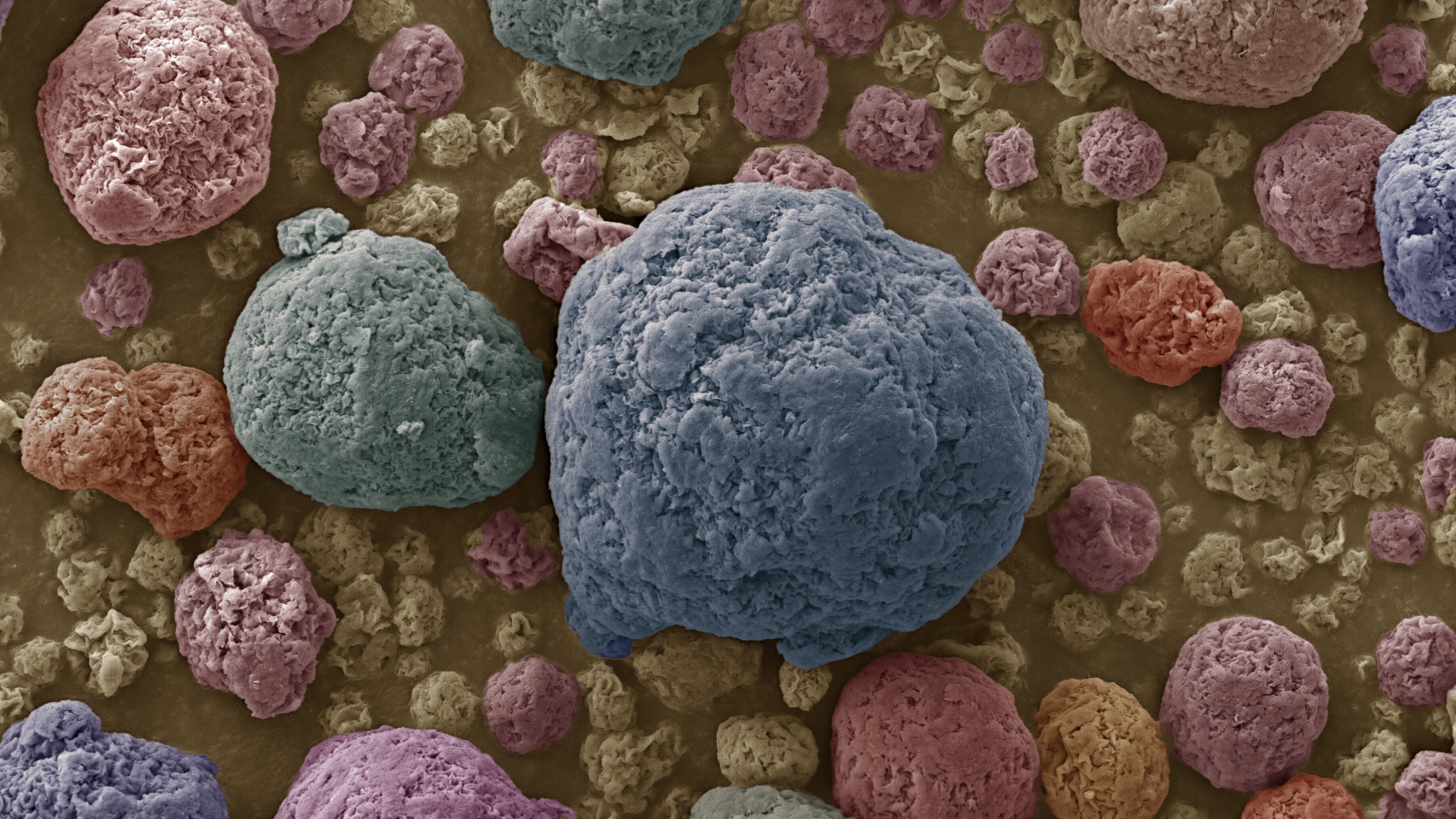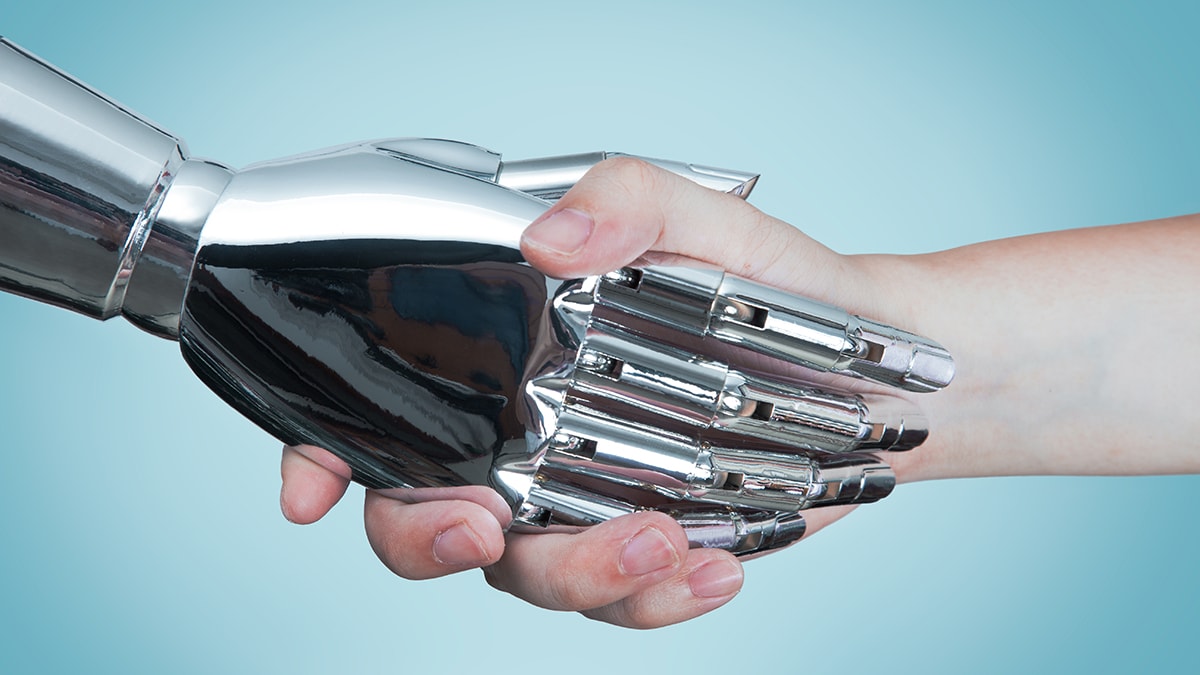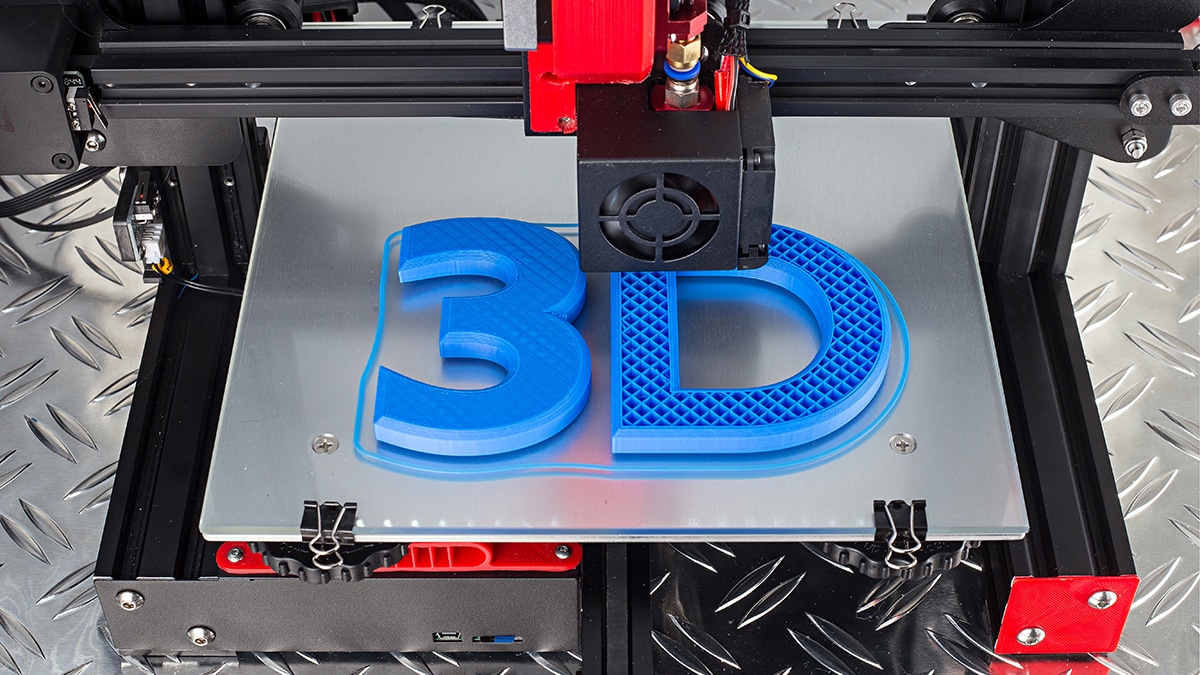Key points
- Good workplace practices and training are vital to safe, responsible, and successful use of new technologies.
- NIOSH promotes responsible development and use of advanced technologies to protect the health and safety of workers.
- Learn more about NIOSH's focus on worker health in specific areas of advanced manufacturing technology.

Overview
Advanced manufacturing involves using new materials, processes, and management methods to improve the development and manufacture of products. These technologies and practices have changed the interface between workers, their work, and their workplace. Examples of these technologies include nanotechnology, robotics, 3D printing, and bio-manufacturing.
Workers are the first to be exposed to potential hazards of emerging technologies. Good workplace practices and an educated workforce are vital to safe, responsible, and successful use of new technologies.
Revolutionizing efforts
Advanced manufacturing has been identified as a set of key drivers that shape the way products are created more rapidly and efficiently. Advanced manufacturing creates an environment for the development of new products.
Successful advanced manufacturing can:
- Accelerate research and development in manufacturing materials processes
- Develop and deploy rapid design and prototyping technologies
- Integrate digital processes into the total supply chain
- Adopt artificial intelligence, advanced sensing and data analytics
- Accelerate development of supportive technologies (i.e. additive manufacturing)
NIOSH's role
NIOSH explores how to promote responsible development and use of advanced manufacturing technologies, to protect the health and safety of workers. NIOSH has conducted research on innovative technologies for 20 years, beginning with engineered nanomaterials and expanding into 3D printing, and robotics. Future plans include evaluating the impact of other advanced manufacturing technologies on worker safety and health. Possible solutions to worker health and safety issues might reside within these advanced technologies.
Types of technologies
Nanotechnology

Robotics

Additive manufacturing - 3D printing

BioManufacturing

Biomanufacturing applies the principles of engineering and chemical design to biological systems..
Biomanufacturing applies the principles of engineering and chemical design to biological systems..
Biomanufacturing applies the principles of engineering and chemical design to biological systems..
Resources
NIOSH Science Blogs:
NIOSHTIC-2 database search results on Advanced Manufacturing. NIOSHTIC-2 is a database of occupational safety and health publications funded in whole or in part by NIOSH.
External resource: A National Advanced Manufacturing Portal
